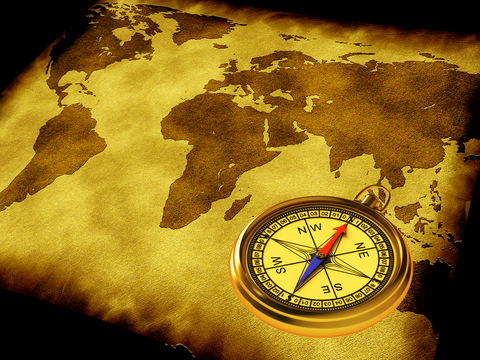Eschatology: A Fresh Look At Some Old Ideas
For over a hundred and thirty years, the Evangelical church has been looking at prophecy through the interpretive lenses of Pre-Trib, Pre-Millennialism. The charts and memorable images of people vanishing, a one world government, rebuilt temple, The Anti-Christ, and the great tribulation are deeply imprinted in the evangelical mind. Many came to Christ because out of fear of being “left behind”. Every year prophecy books that see biblical fulfillment in recent world events top the best seller charts. Seemingly, there is no other way to look at prophecy. To many, the suggestion that some of these events may have been fulfilled in the past is tantamount to denying the Trinity, the deity of Christ, and the inerrancy of Scripture. However, what happens when you remove your preconceptions about the eschatological time table and let Scripture speak for itself?
In this article I will briefly examine some alternate interpretations of what the Bible has to say about the Kingdom, the Last Days, the Great Tribulation, the Beast of Revelation, and the Rapture. Pretend you are looking at the Bible for the first time and you have no ideas about the end times. Take another look.
The Kingdom
Nebuchadnezzar, the great world ruler, had a terrible nightmare. When he awoke, he simply had to know what his dream meant. Only to Daniel did God reveal the great significance of this vision of the future. Nebuchadnezzar had seen a great statue with a head of gold, a chest and arms of silver, a belly and thighs of bronze, legs of bronze, and feet of iron and clay. A stone that was not cut with human hands struck the feet of the statute and destroyed it. The stone became a great mountain that grew until it filled the earth. Daniel explained that each part of the statue represented a world kingdom: Babylon, then Media-Persia, then the Greeks, and finally the feet of iron – the terrible Roman Empire. In the days of this Roman Empire, God would set up a kingdom which would never be destroyed and would eventually break in pieces all other kingdoms. (Dan.2)
Let’s fast forward to the days of the Romans. John the Baptist appears on the scene warning “The time is fulfilled. Repent, for the Kingdom of Heaven is at hand!” Jesus taught many parables about this imminent Kingdom. He likened it to leaven which is put in dough and multiplies until the whole loaf is permeated and to a mustard seed which is so tiny yet grows big enough for a bird to rest on it. (Matt. 13) Many Jews were aware of Daniel’s prophecy and knew they were in the days of the “kingdom of the feet.” Mothers wondered if their boys would be the Messiah who would deliver Israel and set up the foretold kingdom. Young zealots, with self induced visions of grandeur, tried to fulfill the prophecy. Jesus, recognized as the Messiah, was expected to set up this Kingdom. But, hopes were dashed with His death. Where was the Kingdom? Continue reading…



RJ Dotten • March 22, 2015
Thank you for exposing this position to many who haven’t considered this. I was surrounding by dispensationalist thought until I began listening to Hank Hanegraff and Gary Demar teach on the subject. It is very clear and very simple. Your family just played at our Church and I found your website through the Josties site.
Tim • May 7, 2015
“All Christian language about the future is a set of signposts pointing into a mist.”
― N.T. Wright, Surprised by Hope